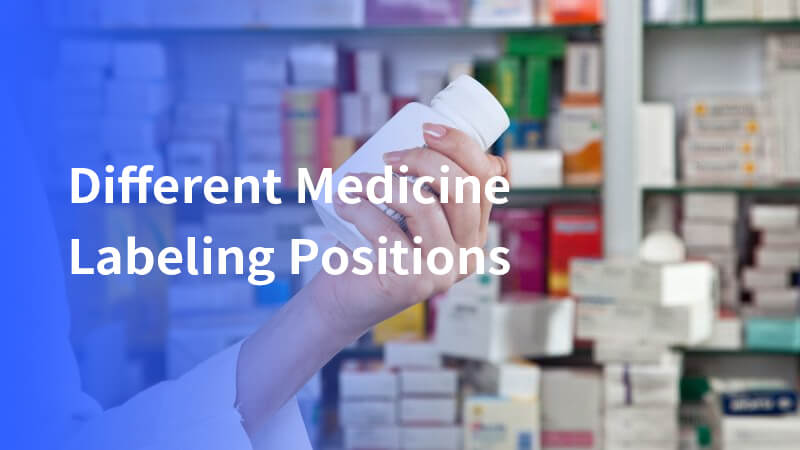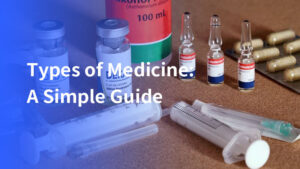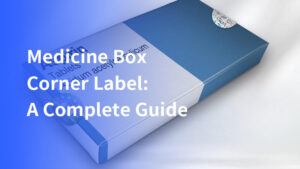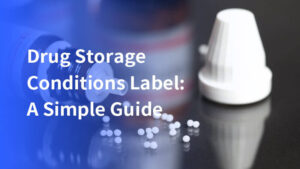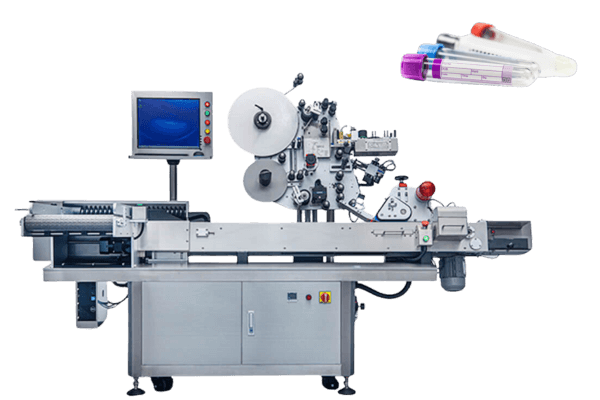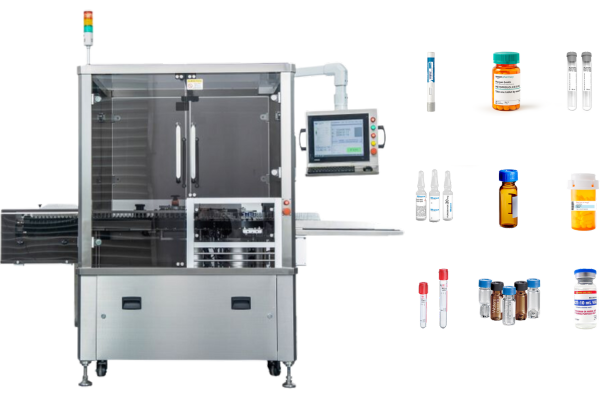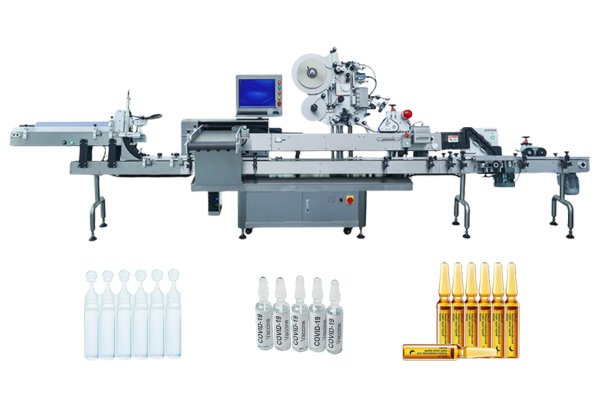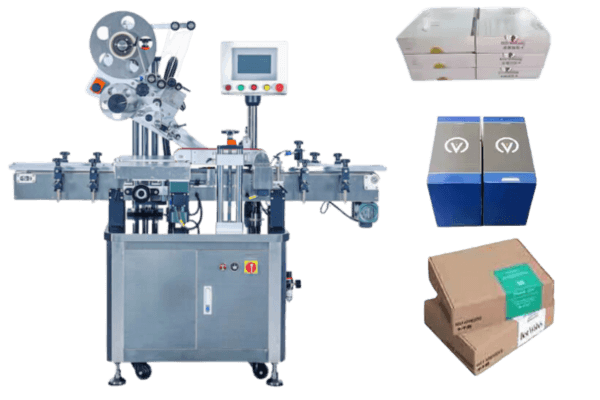Medicine labeling positions are important in medicine packaging. Labels help doctors and patients get the right information.
From pill bottles to syringes, every product needs labels in the right place. This helps follow rules and keep people safe. Labels must meet global standards and follow the rules.
Medicine packaging gives important information to users. It is not just about holding the medicine. Labels must give details that help keep people safe and follow the rules.
Different medicine labeling positions and regulations
In medicine packaging, putting labels in the right place is very important. This includes making, fixing, and checking the labels for health products. Workers in this area make sure labels are correct and follow the rules.
Here are the different ways medicine labels are used on various packages.
Pill bottles
- Front center: This is where important information like the medicine name, dosage, and batch number goes. It helps people find and use their medicine easily.
- Side: This spot is used for extra information like how to take the medicine and how to store it.
- Bottom: This shows the date the medicine was made, when it expires, and other important details.
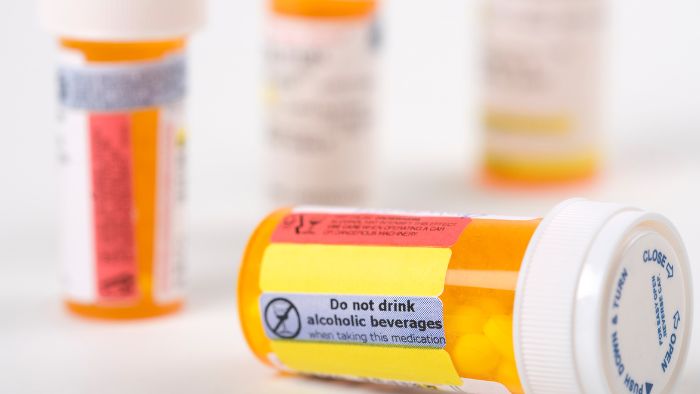
The right position of the label and how tight it is depend on the labeling machine. Viallabeller gives different solutions for labeling pill bottles.
Medicine boxes
- Side: Used for barcodes or batch numbers. This helps with inventory management and tracking.
- Front: Shows the medicine’s name, strength, and main ingredients. This helps healthcare workers identify the medicine quickly.
- Back: Has instructions, dosage information, and warnings for safe use.
Viallabeller offers medicine box labeling solutions. This can make sure labels stay smooth and meet packaging rules.
Syringes
- Body: Labels on the syringe show the brand, size, and type. This helps with correct medication use. Labels for medical devices like syringes follow strict rules. Viallabeller provides labeling solutions for syringes.
- Side or bottom: Shows how to use the syringe, sterilization details, and safety tips. This helps healthcare providers use the syringe correctly.
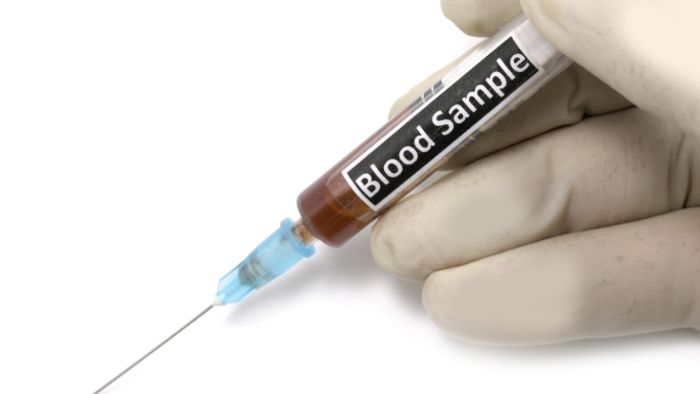
Medicine pouches
- Front: Shows important details like the medication’s name and strength. This helps people quickly find and know the medicine.
- Back: Has instructions on how to use the medicine. It tells how much to take, where to store it, and warnings.
- Seal area: Often has symbols for sterility, production dates, and batch numbers. This helps track the product and check quality.
Injection vials
- Body: Labels on the vial show the medicine’s name, concentration, and batch number. They are made to last and stay readable. Sometimes, problems can occur with labeling, especially in medical fields. Viallabeller can help with vial bottle labeling solutions.
- Stopper: This part may have extra details about sterilization and how to use the medicine.
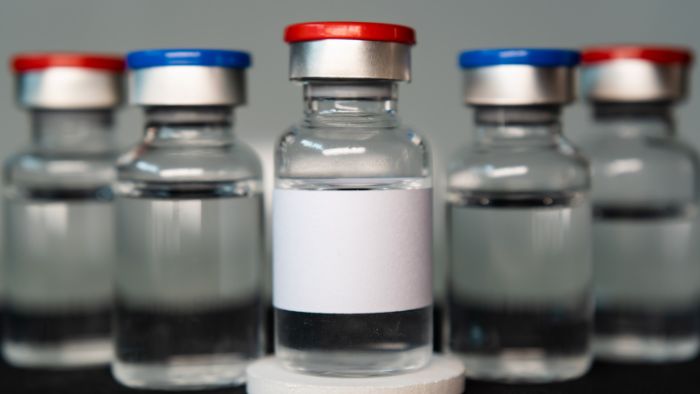
Medical supplies packaging and company core data sheets
Labels on the packaging help identify the product and show how to use it safely. They also give details about the product. Important documents must be kept to follow global rules. These documents match Company Core Data Sheets and follow guidelines.
How to Apply Different Labels on Different Positions the Right Way
As we discussed the various labels and their specific positioning requirements, it’s clear that handling these labels correctly is crucial.
Each type of label requires a different approach to ensure it adheres properly and conveys the necessary information.
To achieve this, different types of labeling machines are needed. VialLabeller offers professional labeling machines specifically designed for pharmaceuticals.
Our machines ensure that labels are applied accurately and consistently across various packaging types, from pill bottles to syringes.
With advanced technology and customizable solutions, VialLabeller helps you meet regulatory standards while maintaining product safety.
Conclusion
Understanding medicine labeling positions helps keep the product safe.
It also makes sure labels follow global rules. This helps doctors give medicine safely.
